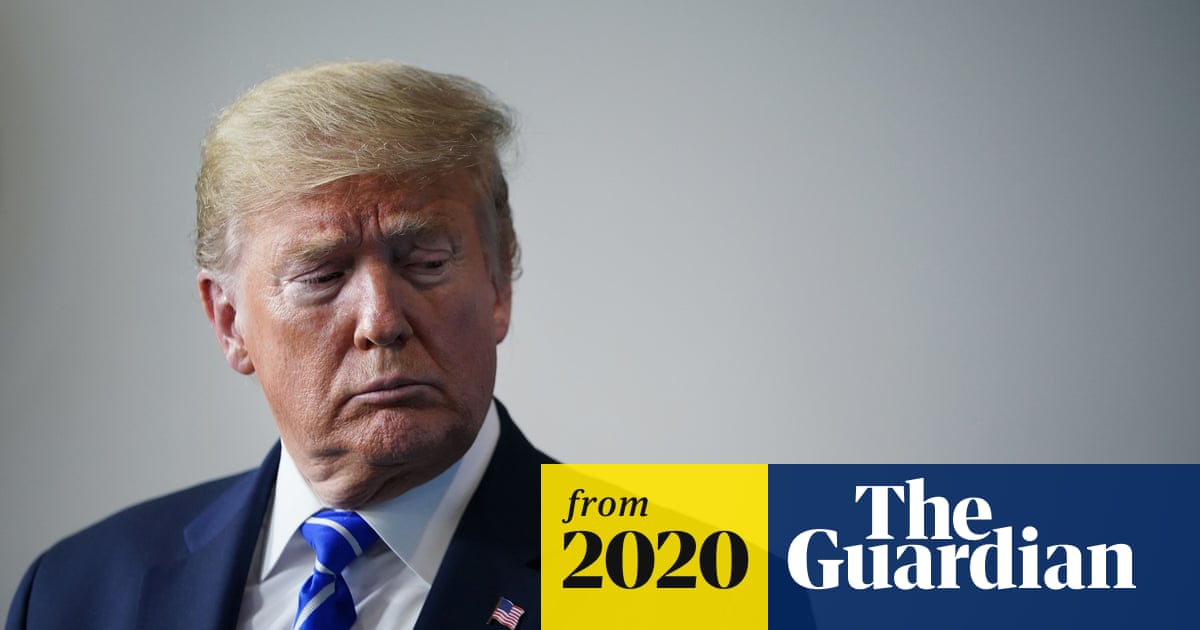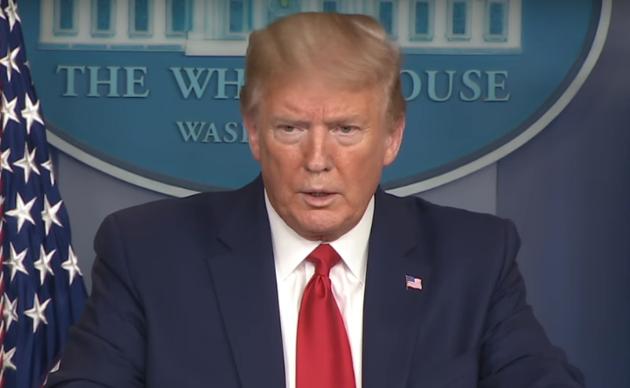We’re also testing disinfectants readily available. We’ve tested bleach, we’ve tested isopropyl alcohol on the virus, specifically in saliva or in respiratory fluids. And I can tell you that bleach will kill the virus in five minutes; isopropyl alcohol will kill the virus in 30 seconds, and that’s with no manipulation, no rubbing — just spraying it on and letting it go. You rub it and it goes away even faster. We’re also looking at other disinfectants, specifically looking at the COVID-19 virus in saliva.
This is not the end of our work as we continue to characterize this virus and integrate our findings into practical applications to mitigate exposure and transmission. I would like to thank the President and thank the Vice President for their ongoing support and leadership to the department and for their work in addressing this pandemic. I would also like to thank the scientists, not only in S&T and the NBACC, but to the larger scientific and R&D community.
Thank you very much.
THE PRESIDENT: Thank you, Bill.
Q Mr. Bryan —
THE PRESIDENT: Thank you very much. So I asked Bill a question that probably some of you are thinking of, if you’re totally into that world, which I find to be very interesting. So, supposing we hit the body with a tremendous — whether it’s ultraviolet or just very powerful light — and I think you said that that hasn’t been checked, but you’re going to test it. And then I said, supposing you brought the light inside the body, which you can do either through the skin or in some other way, and I think you said you’re going to test that too. It sounds interesting.
ACTING UNDER SECRETARY BRYAN: We’ll get to the right folks who could.
THE PRESIDENT: Right. And then I see the disinfectant, where it knocks it out in a minute. One minute. And is there a way we can do something like that, by injection inside or almost a cleaning. Because you see it gets in the lungs and it does a tremendous number on the lungs. So it would be interesting to check that. So, that, you’re going to have to use medical doctors with. But it sounds — it sounds interesting to me.
.
.
.
ACTING UNDER SECRETARY BRYAN: Let me explain — if you look at the coronavirus as a chain with many links, what we’ve done through our study is we’ve identified some of the weak links in that chain, that the virus — the transmission of the virus depends upon. We identified that heat and humidity is a weakness in that chain. We’ve identified that sunlight, solar light, UV rays is a weakness in that chain. That doesn’t take away the other activities — the guidance from the White House, the guidance from the CDC and others on the actions and steps that people need to take to protect themselves.
This is just another — another tool in our tool belt, right? Another — another weapon in the fight that we can add to it and, in the summer, we know that summer-like conditions are going to create an environment where the transmission can be decreased. And that’s an opportunity for us to get ahead.
Q But I — just, can I ask about — the President mentioned the idea of cleaners, like bleach and isopropyl alcohol you mentioned. There’s no scenario that that could be injected into a person, is there? I mean —
ACTING UNDER SECRETARY BRYAN: No, I’m here to talk about the findings that we had in the study. We won’t do that within that lab and our lab. So —
THE PRESIDENT: It wouldn’t be through injection. We’re talking about through almost a cleaning, sterilization of an area. Maybe it works, maybe it doesn’t work. But it certainly has a big effect if it’s on a stationary object.
Q Mr. Bryant, are we simplifying it too much by saying that it’d be better with the warmer weather and the sun coming out more and more, that people would be outside than staying inside their home, confined to the four walls of their house?
ACTING UNDER SECRETARY BRYAN: It would be irresponsible for us to say that we feel that the summer is just going to totally kill the virus and that if it’s a free-for-all and that people ignore those guidelines. That is not the case.
We have an opportunity, though, to get ahead with what we know now and factor that into the decision making for what opens and what doesn’t.
THE PRESIDENT: But so are you saying, on surfaces, the heat, the hot summer, and whatever other conditions — humidity and lack of humidity — that that would have an impact so that on surfaces, where it can be picked up, it will die fairly quickly in the summer, whereas in the winter, it wouldn’t die so quickly?
ACTING UNDER SECRETARY BRYAN: Yes, Mr. President. When it’s exposed to UV rays — take playground equipment, for example: The UV rays hitting a piece of playground equipment will kill the virus when it hits that — when it hits on the playground equipment. But underneath, where the sun does not get, if someone touched that and had it on their hands, it could still be there, right? Because it has to be in direct light of the UV rays.










